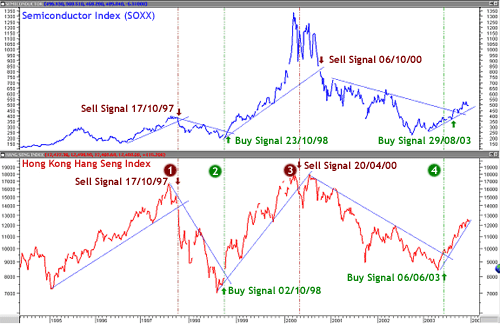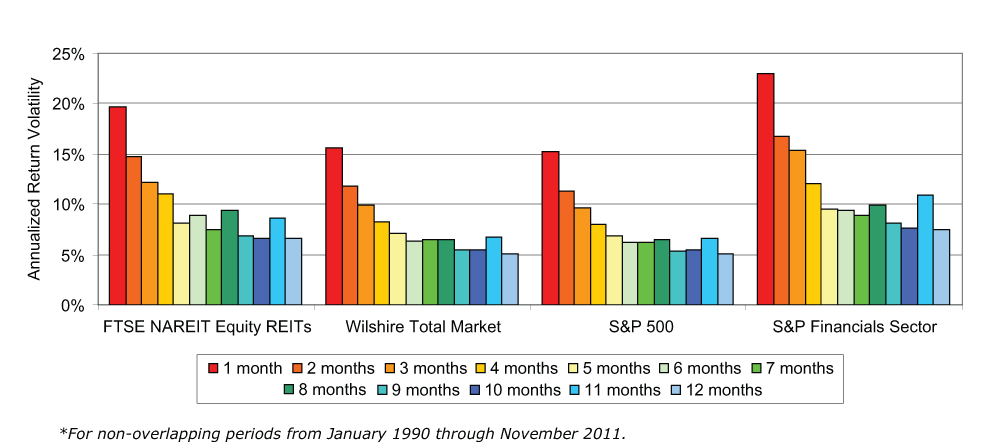Buy The Investor s Guide to Active Asset Allocation Using Intermarket Technical Analysis and ETFs
Post on: 23 Август, 2015 No Comment

Description
BACK COVER]
[Category: ] Financing and Investing
The Asset Allocation Tools You Need to Capitalize on Every Stage of the Business Cycle
In The Investor’s Guide to Active Asset Allocation, Martin Pring, one of today’s most respected technical analysts and top investment authors, shows you how to develop winning active asset allocation strategies by rotating among sectors and major markets as the stages of the business cycle change.
Pring starts by describing his unique concept of the Six Business Cycle Stages, explaining why certain assets and market sectors perform better or worse during different phases of the business cycle. He then shows how to use technical and intermarket analysis to recognize what business cycle stage the market is in, focusing on exchange traded funds (ETFs) as the best vehicle for asset allocation rotation.
Filled with step-by-step guidelines and easy-access charts, The Investor’s Guide to Active Asset Allocation equips you with: _ Pring’s unique Six Stages of the Business Cycle, which will help you: understand the market better and lead to more effective sector rotation Specific investing recommendations for each stage of the business cycle An explanation of the key intermarket relationships that drive the cycle An understanding of the link between the business cycle and how it influences the performance of stocks, bonds, and commodities Bond, stock, and commodities strategies that have proven profitable over the past fifty years CD-ROM with historical data files and live web site links
[FLAP COPY]
Since the stock market fallout of the early 2000s, investors have come to understand that buy-and-hold may not always be the beststrategy. Throughout the investment and finance community, there is now a greater appreciation of the importance of sector rotation within a business cycle.
The Investor’s Guide to Active Asset Allocation offers you the background and analytical tools required to take full advantage of the opportunities found in asset allocation, sector rotation, ETFs, and the business cycle.
Written by renowned technical analyst and best-selling author Martin Pring, the book presents Mr. Pring’s unique Six Business Cycle Stages, explaining why certain asset categories perform better or worse during different phases of the business cycle, and demonstrating how to use intermarket tools and technical analysis to recognize what business cycle stage the market is in.
Pring shows you how to apply active asset allocation_rotating among sectors and major markets (stocks, bonds, and futures) as the business cycle stage changes_to develop optimum allocation strategies. He focuses on exchange traded funds (ETFs) as the best vehicle for asset allocation rotation, since they are easily traded and have much more flexibility than mutual funds. He also offers specific guidelines for what sectors to be in, depending on the business cycle stage.
The Investor’s Guide to Active Asset Allocation provides you with proven investing expertise on: _ Basic Principles of Money Management _ How the Business Cycle Drives the Prices of Bonds, Stocks, and Commodities The Pring Six Business Cycle Stages Technical Tools that Help to Identify Trend Reversals Putting Things into a Long-Term Perspective Recognizing Stages Using Easy-to-Follow Indicators as well as Models How the Ten Market Sectors Fit into theRotation Process How Individual Sectors and Groups Performed in Each of the Six Stages Asset Allocation for Specific Stages
This dynamic investing resource features a CD-ROM, which contains supplementary information that will help you execute the strategies described in the book. You’ll find live links to useful web sites that contain a wide-ranging library of ETFs, database sources, historical data files in Excel format, and a collection of historical multi-colored PowerPoint charts.
An essential tool for improving your analytical skills, The Investor’s Guide to Active Asset Allocation shows you how to move from a passive to an active allocation model and explains the link between business cycle and stock market cycle for more effective — and profitable — trading and investing.

About the Author
Martin Pring, one of today’s most distinguished technical analysts, is president of Pring.com, a financial educational website. He is also editor of the esteemed newsletter, The Intermarket Review, which covers the stock and bond markets, futures, and commodities. Mr. Pring is the author of numerous highly acclaimed books, including Technical Analysis Explained, and has contributed to leading financial publications, such as Barron’s, Futures, and Investment Vision,
The Investor’s Guide to Active Asset Allocation offers you the background and analytical tools required to take full advantage of the opportunities found in asset allocation, sector rotation, ETFs, and the business cycle.
Written by renowned technical analyst and best-selling author Martin Pring, the book presents Mr. Pring’s unique Six Business Cycle Stages, explaining why certain asset categories perform better or worse during different phases of the business cycle, and demonstrating how to use intermarket tools and technical analysis to recognize what business cycle stage the market is in.
Pring shows you how to apply active asset allocation, rotating among sectors and major markets (stocks, bonds, and futures) as the business cycle stage changes, to develop optimum allocation strategies. He focuses on exchange traded funds (ETFs) as the best vehicle for asset allocation rotation, since they are easily traded and have much more flexibility than mutual funds. He also offers specific guidelines for what sectors to be in, depending on the business cycle stage.
The Investor’s Guide to Active Asset Allocation provides you with proven investing expertise on: Basic Principles of Money Management How the Business Cycle Drives the Prices of Bonds, Stocks, and Commodities The Pring Six Business Cycle Stages Technical Tools that Help to Identify Trend Reversals Putting Things into a Long-Term Perspective Recognizing Stages Using Easy-to-Follow Indicators as well as Models How the Ten Market Sectors Fit into the Rotation Process How Individual Sectors and Groups Performed in Each of the Six Stages Asset Allocation for Specific Stages
This dynamic investing resource features aCD-ROM, which contains supplementary information that will help you execute the strategies described in the book. You’ll find live links to useful web sites that contain a wide-ranging library of ETFs, database sources, historical data files in Excel format, and a collection of historical multi-colored PowerPoint charts.
An essential tool for improving your analytical skills, The Investor’s Guide to Active Asset Allocation shows you how to move from a passive to an active allocation model and explains the link between business cycle and stock market cycle for more effective — and profitable — trading and investing.














